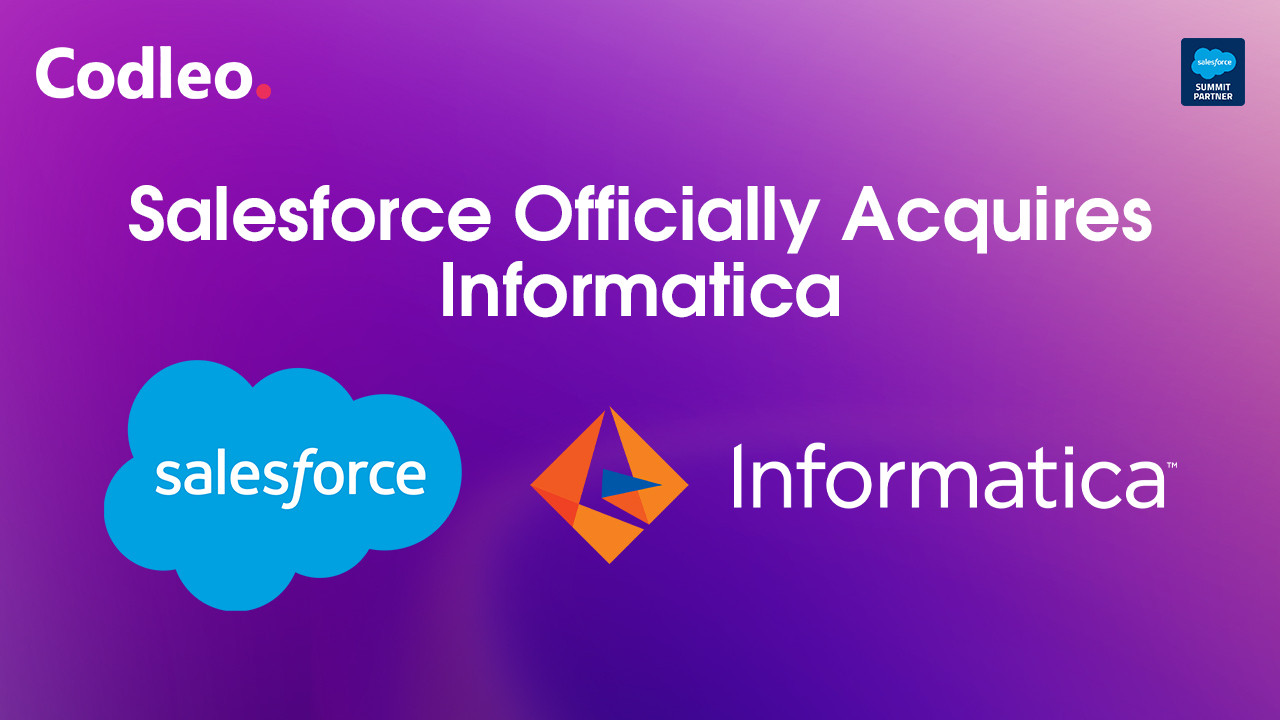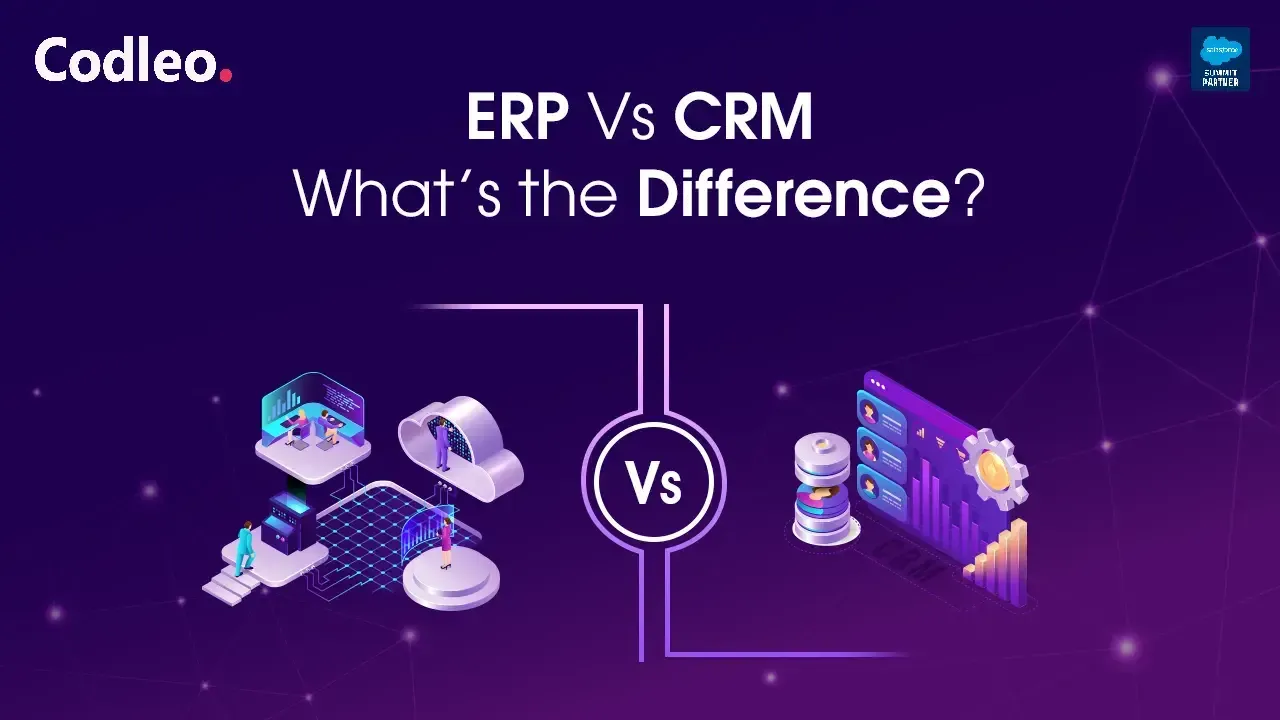Publish date:
Project management as the definition goes is the process that leads a team’s work to achieve all the project objectives within set limits & boundaries. The main purpose of project management (also known as PM) is to successfully complete a project and obtain the intended objectives. In this blog, we talk in detail about certain aspects of PM.
The five stages of project management are:
-
Start of the project. The first stage / phase is about laying the groundwork for the same. It includes defining the project scope, project review, and allocation of resources (Money, people, and others) for the intended project. At this stage, the intended outcomes from this project are noted. Any limitations and boundaries are jotted.
-
Planning. At this stage, important milestones and timelines are established in consultation with all stakeholders / teams concerned. With this everyone is on the same page and there are fewer hiccups when speed breakers surface unexpectedly during the project’s journey. At this stage, the team/ teams are appointed, identifying the deliverables and calculating the resources needed. The project management methodology is also zeroed down. It could be Agile, Waterfall, Scrum, Lean, or Kanban. There are so many to choose from.
-
Executing the project. This is the main phase when all tasks / activities are carried out as well as managing the moving parts & undertaking corrective steps. Each person carries out the tasks assigned so that the project moves as intended and all stakeholders get the deliverables.
-
Handling and controlling stage. At this stage, reviews by the project manager(s) and teams take place to gauge where the project is at that stage versus where it should have been. This stage involves consistent project “check-ins”, proper project documentation, and monitoring tools.
-
Finishing the project. Also known as “ project delivery “ stage when all loose ends are knotted and the project is handed over successfully to the client (internal or external). Handing over with written documentation is ideal. It can be an honest analysis of the good, the bad, and the ugly. It states what went right and what did not.
The types of frameworks to guide project management are:
-
Waterfall management – Also known as traditional project management its sole aim is “perfect planning.” Before the project even begins, it’s broken down and it is scheduled from the beginning to the end.
-
Kanban - This focuses on continuous improvement. With a Kanban board, the team strategies how to enhance products, campaigns, or processes. It is ideal for companies that have a consistent flow of incoming requests.
-
Scrum - This framework is the most common way to execute Agile project management. It splits bigger projects into shorter, 1–4 week sprints that modify themselves to the needs as the project shapes up. It defines rules for team size, team roles, planning, meetings, deliverables, etc.
-
Agile project management - Agile is a buzzword often heard in corporate circles and is often described as an ideal solution for inefficient businesses. It however has many lacunas.
Tips for successful project management:
-
Spend ample time in the beginning & planning stages of the project.
-
Select the appropriate framework / methodology.
-
A culture of transparency and ownership needs to be driven & inculcated.
-
Scopes should be practical and doable.
-
Schedules need to be realistic.
-
All relevant stakeholders need to be involved at all times.
-
Select state – of – the – art tech stack for the project.















